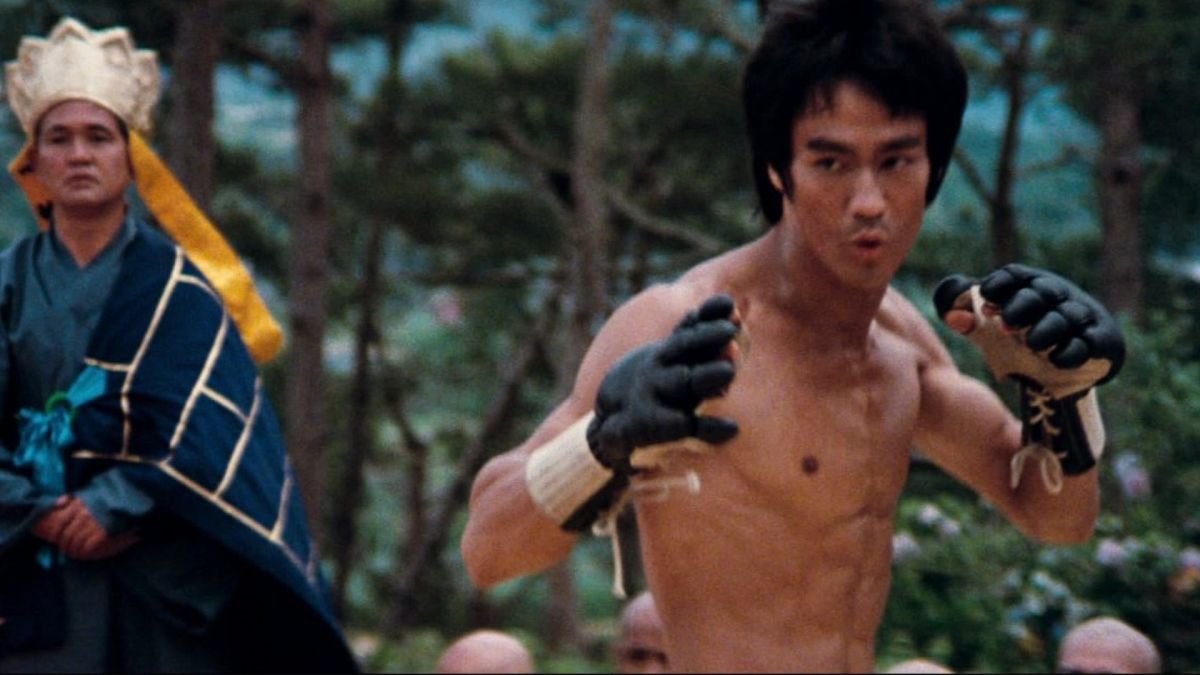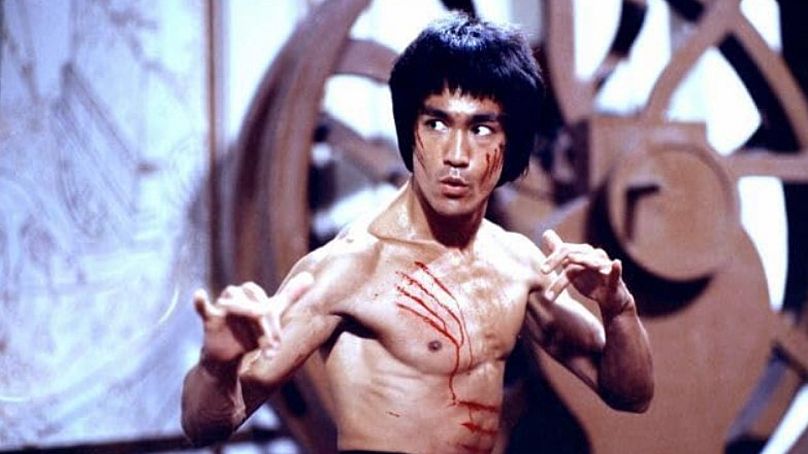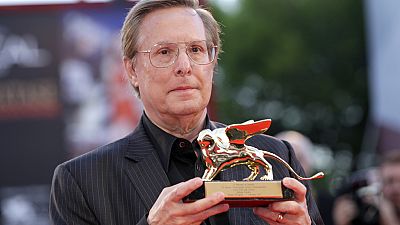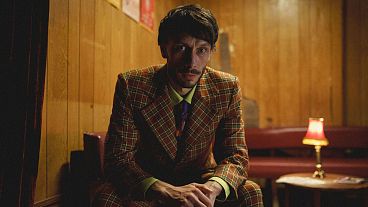20 July 1973: Bruce Lee, legend of martial arts cinema, dies.
It’s the 50th anniversary of the death of Bruce Lee, so for this Culture Re-View, we’re taking a look at the impact Lee made on cinema.
When Bruce Lee became a household name in American cinema, it felt like he was peerless. Born on 27 November 1940 to Cantonese and Shanghainese parents while on an opera tour in San Francisco, he was eligible for US citizenship. Lee grew up in Hong Kong, starring in Cantonese films alongside his opera singer father.
With many film appearances under the belt, Lee began training in Wing Chun Kung Fu under the tutelage of the legendary Ip Man. Despite his ability, many students refused to train with Lee due to his one quarter European heritage.
After getting into too many street fights, including beating up the son of a Triad, the Cantonese gang, his family decided to send him back to the US in 1959.
In Seattle, Lee continued to train and then teach martial arts, and moved to Los Angeles to act. He starred in the hit TV show ‘The Green Hornet’ from 1966 to 1967 as the sidekick Kato, but found he wasn’t happy with the roles he was being offered after the show. A particularly insulting moment was when he was passed over to star in the show ‘Kung Fu’ as a Shaolin Monk in the Wild West, with the studios preferring non-martial artist White actor David Carradine.
Opting to return to Hong Kong, he starred in a range of successful Asian blockbusters.
The martial arts films The Big Boss, Fist of Fury and The Way of the Dragon, released between 1971 and 1973 proved Lee as one of Hong Kong’s biggest acting and martial arts stars.
Also written and directed by Lee, The Way of the Dragon brought Chuck Norris to prominence as the film’s antagonist in an impressive final showdown.
These films weren’t just big in Asia though. They made Lee a proper star in the US as well. The Way of the Dragon topped the US film charts, grossing $130 million worldwide.
Lee was now an international superstar. Before him, Asian actors simply didn’t get the chance to be the heroic protagonist of action films in the US. Now things were different.
The success of the film led to the US-Hong Kong co-production of 1973’s Enter the Dragon.
Starring Lee as a Shaolin Monk engaged by British intelligence to investigate a crime ring, Enter the Dragon features some of the most iconic moments in martial arts cinema.
It was a massive success. Lee was catapulted into even greater heights of Hollywood stardom thanks to his ability to combine graceful choreographed fighting with laconic acting magnetism. Enter the Dragon grossed $400 million worldwide, or $2 billion adjusted for inflation.
Sadly, Lee never saw the fruits of his greatest success. Six days before the film was released, Lee died at the age of 32. Earlier in the month, Lee had been diagnosed with cerebral edema after suffering seizures. An autopsy revealed he died from brain swelling resulting from an allergic reaction to the drugs meant to treat the edema.
Lee died young, but his influence on cinema continues to this day. He’s credited with the Kung Fu craze that took over Hollywood and spread around the world in the 70s. He broke down racial barriers for Asian actors leading US films. His style inspired directors in the US, Hong Kong and beyond.
Whether it’s Quentin Tarantino taking his Enter the Dragon look for Kill Bill, Wu-Tang Clan’s inspiration for Shaolin Style, or the ‘Street Fighter’ or 'UFC' video games, Lee’s influence is undeniable.




